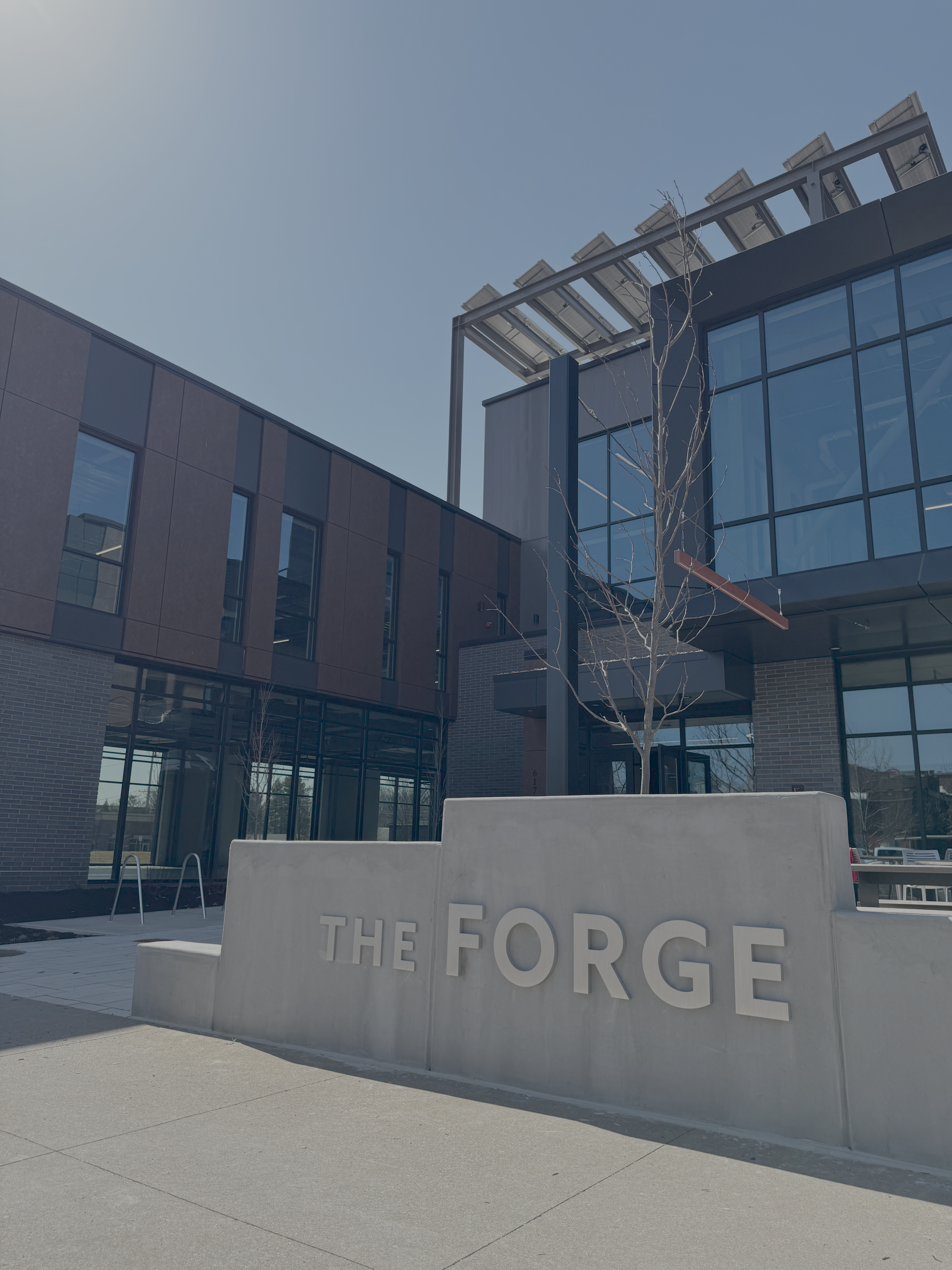BLOOMINGTON’S CERTIFIED TECHNOLOGY PARK: A BEACON OF INNOVATION AND ECONOMIC GROWTH
Crossposted from the Herald-Times, this is The Mill’s regular column, written by Pat East, Executive Director.
As we stand on the cusp of re-certification for Bloomington’s Certified Technology Park (CTP), we should reflect on the CTP’s remarkable trajectory. What began as a plan on paper years ago to designate 64 acres for technology, has today become a thriving hub for innovation, on track
toward an even brighter future.
The CTP serves a unique purpose in the heart of downtown Bloomington. It defines a vision of Bloomington’s economic potential, while also generating funding to spur further technology-based economic development. Through the CTP, sales and income tax that would otherwise feed state coffers are retained locally. In other words, the taxes we generate here, stay here. The CTP is a financial strategy that allows us to leverage our current success to drive future success.
This year, the Indiana legislature increased the annual cap on that tax funding stream from $100,000 to $250,000 for any CTP that is recertified. The recertification application—a collaborative project between IU Public Policy Institute, the City of Bloomington, and The Mill—illuminates the CTP’s transformative role in our city’s innovation landscape.
The CTP has deep significance for our community because of its influence on commercialization and job creation. The CTP provides support for the Trades District and The Mill, the 19,000-square-foot entrepreneurship center nested within the CTP’s dynamic environment. In turn, The Mill has become the backbone of the CTP’s success, fostering a community of 360 members and over 60 startups and growing companies, who benefit from The Mill’s entrepreneurial programming and technical expertise.
The Trades District is envisioned as a sustainable, vibrant urban neighborhood that nurtures creativity, attracts private investment, and brands Bloomington as a tech hub par excellence. Upcoming expansions for The Mill, such as the addition of an acceleration studio and a sector-specific fund based out of the new Tech Center, are set to further this vision.
Bloomington is now fertile ground for cutting-edge business ventures. Local innovators have secured applications to prestigious accelerators like Techstars and Y Combinator, signaling the high caliber of businesses started within the park. The viability of the CTP’s startups is further demonstrated by their success in securing grants from a spectrum of sources, from local bodies like the Indiana Economic Development Corporation to prestigious entities like the Bill and Melinda Gates Foundation. And since 2020, The Mill’s Flywheel Fund have raised over $3.1 million from investors to help grow these promising companies, create jobs, and expand the digital economy.
Infrastructure provides another lens on the accomplishments of the CTP, particularly with the imminent opening of the Tech Center. This 22,000-square-foot facility, funded in part by an Economic Development Administration grant, set to open in January 2025, will provide critical space for technology companies poised to scale up. The renovations of the adjacent Kiln and Showers Administration buildings add to the district’s allure, offering additional commercial space to support the expanding tech ecosystem. In the face of adversity, such as the COVID-19 pandemic, the CTP demonstrated resilience and adaptability. The continued development of key projects like the Tech Center amid a national economic downturn is a testament to Bloomington’s unyielding commitment to progress and innovation.
Cultural enrichment is integral to the CTP’s appeal. The City has committed nearly $200,000 to integrate significant art installations. This melding of art and technology enhances the district’s vibrancy, drawing a parallel between creativity and innovation. Moreover, the recent construction of the Trades District parking garage, a $20 million investment, has effectively removed a major growth impediment, simultaneously facilitating workforce expansion and community integration through projects like B-line Heights, which provides affordable housing within the tech hub.
Education and workforce development are at the forefront of the CTP’s mission. The Mill’s Code/IT Academy and partnerships with regional organizations underscore the commitment to nurturing local talent, ensuring that Bloomington remains at the competitive forefront of the high-tech job market. Intellectual property development within the CTP has become a barometer for innovation, with companies like DreamTech and Folia leveraging patents and copyrights, bolstering the park’s reputation as a center for creative enterprise.
Bloomington’s CTP is the culmination of strategic planning, community effort, and technological foresight. It is a testament to the city’s unwavering commitment to creating a sustainable future for its people. It stands as a celebration of our collective aspirations and a foundation for a future where technology and innovation benefit all facets of our community. As the CTP continues to evolve, it remains a beacon of progress, showcasing Bloomington’s dedication to fostering a knowledge-based economy that is inclusive, resilient, and forward-looking.



